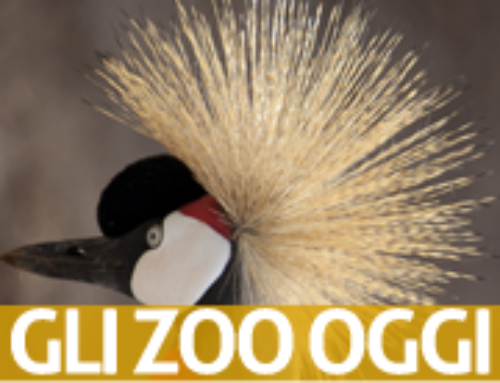Zoos cannot be considered simple and normal structures, in that they accomodate hundreds of living creatures who are totally dependant on their “warders”. It is, in fact, the quality of these “warders” and their merits and flaws which makes all the difference to the running of the zoo itself. For this reason it is vital that modern zoos comply with the guidelines laid down by the scientific community and follow the rules dictated by good sense. There can non longer be excuses for delays and approximations.
The following fundamental points sum up ways of giving dignity back to the zoos of the future:
1. Wild animals should never be subtracted forcedly from their natural habitat unless there is a real excess in their numbers or an imminent danger of extinction of the species. When a species is in danger of extinction zoos are often the last chance of saving at least a biological “memory” and sometimes of re-introducing a reproductive core back into the wild (some successful re-introductions have been those of the European Bison, Father David’s Deer, the Arabian Oryx, the Hawaiian Goose, etc…).
The role of future zoos should be that of encouraging the reproduction of those species which are at risk and should avoid, when possible, the acquisition of captured specimens. Zoos should apply a correct policy of “birth control” for the species which are least at risk and are difficult to place in other zoological structures.
2. Future zoos should not be mere places of entertainment but principally sources of scientific information and research, providing accurate descriptions of the species present in each structure and offering guided tours, seminars, research in collaboration with universities and other institutions, etc…
3. Future zoos should be run by competent staff who are informed, interested and respectful of the creatures in their care (an uninformed or insensitive staff is the worst thing which can happen to a zoo!).
4. Future zoos should maintain updated files for every animal in the structure, with indications regarding diet, births, deaths, illnesses, therapy, etc…
5. Future zoos should provide excellent nutrition, suitable for each species, and should forbid the uncontrolled feeding of animals by the public.
6. Future zoos should guarantee adequate veterinary attention, both curative and preventive, and should ban the introduction of new specimens without a suitable period of quarantine, and prophylactic treatments must be assured even when the source appears trustworthy.
7. Future zoos should provide spacious, well organized shelters and enclosures which resemble the animal’s natural habitat as closely as possible (they should be able to feel as the masters and not the slaves of their dominion).
8. Future zoos should maintain families and groups of animals in their natural order. Each species should be maintained respecting its natural hierarchy and age both in males and females.
9. Future zoos should enable animals to “escape” from the sight of the more aggressive conspecifics and from the visitors to the zoo.
10. Future zoos should avoid the most dangerous and insidious enemy of animals living in captivity – boredom. Using some of the many simple and economic expedients, zoos should keep the various species present from becoming bored. The lack of stimulation can cause serious behavioural and physical problems, from sterility to death from starvation and stress. So-called “environmental enrichment” has become one of the landmarks of modern zoology applied to captivity and consists of supplying the animals with simple but adequate toys and amusements. Another expedient is to vary feeding times and situations, promoting direct interaction between animals and keepers, etc… This enrichment is particularly important when dealing with species higher on the zoological scale, being it absolutely indispensable for the welfare of the larger anthropomorphic ape family (orangutans, chimpanzees and gorillas).
Visitors should observe every detail when visiting a zoo. They should note whether the structure respects these points mentioned for zoos of the future. If this is the case, then the zoo in question deserves to exist and should not be subject to criticism for it will be valid scientifically and biologically. If, however, it does not reflect the above-mentioned parameters, then the “opposing fundamentalists” will be right and it will be not only useless (for those who visit it) but downright harmful and counterproductive (for the animals living in it and for the image of zoos in general).
Ultimately, not all zoos have the right to exist and not all zoos should have to die. It must be the demanding task of the visitors to decide – obviously on an ad hoc basis!



